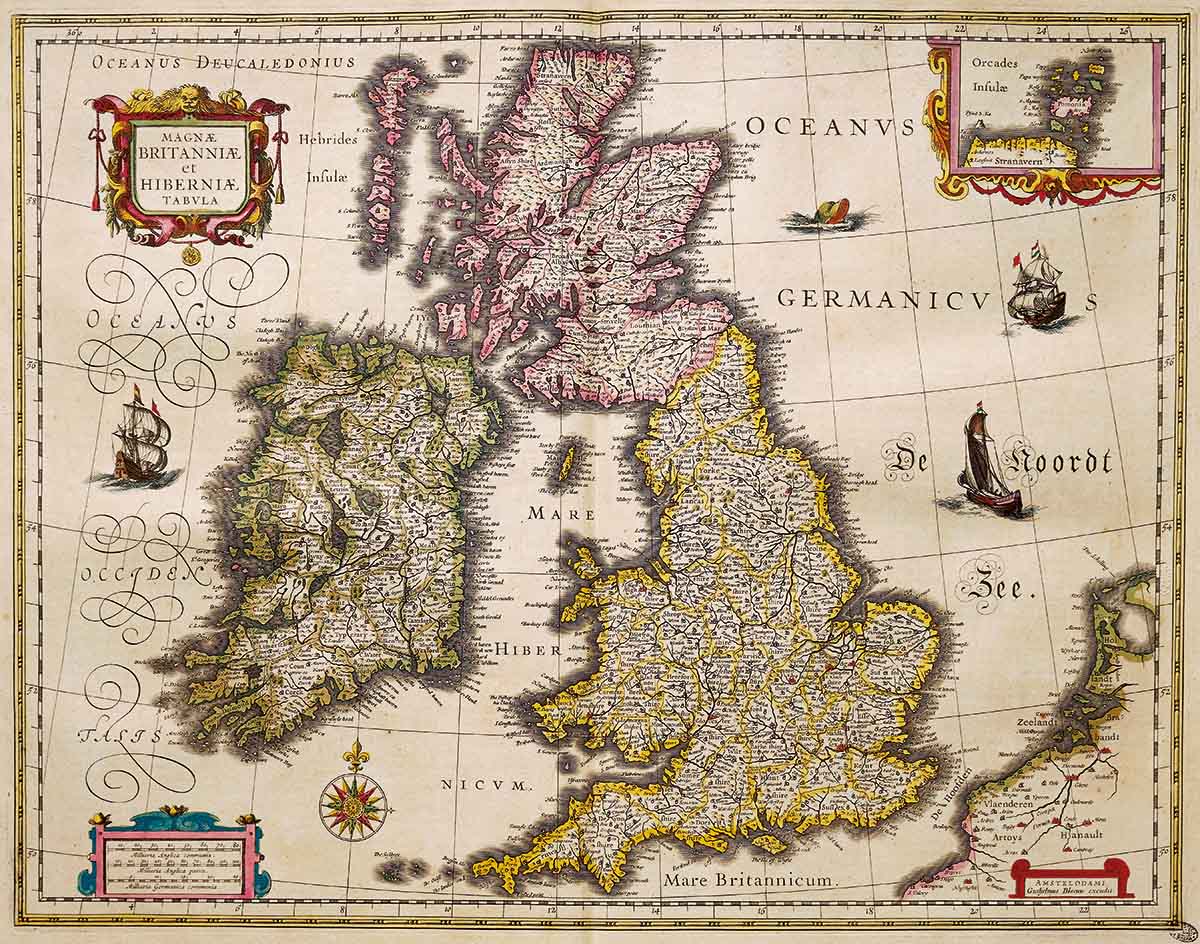Kingdoms Come Apart | History Today - 1 minute read

For more than 30 years, the study of the rebellions and revolution that convulsed the British Isles in the mid-17th century has been dominated by a single line of explanation. It has been focused on the problems faced by the Stuarts in ruling multiple kingdoms differing in their constitutional and legal systems, in their economies, politics and religion. Separately, these differences might have been manageable but, within a single dynastic framework, they proved too complex, especially in religion, to be resolved peacefully. As a result, a large body of scholarship has come into being on the relationships between the Stuarts’ three kingdoms, particularly on the parts played by the risings in Scotland and Ireland in sparking first rebellion and then revolution in England. The Scots Covenanters of 1637 and the Irish rebels of 1641 have come to be seen as the godparents of the English parliamentarians of the 1640s.